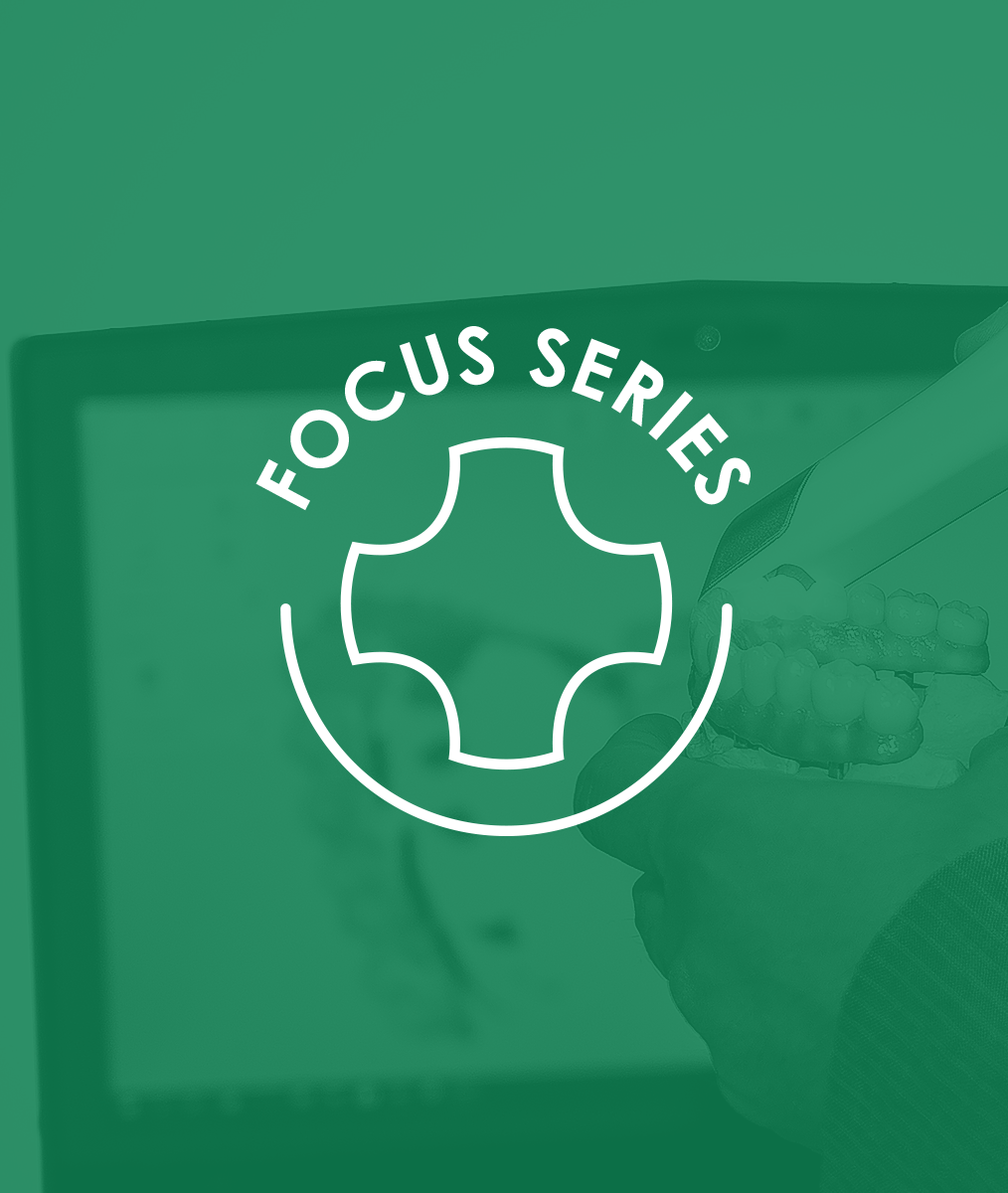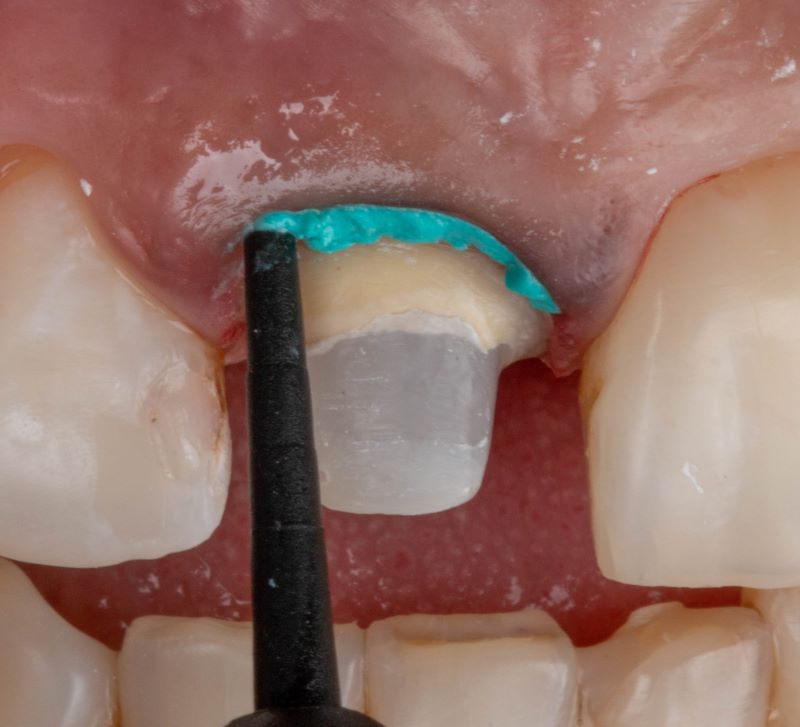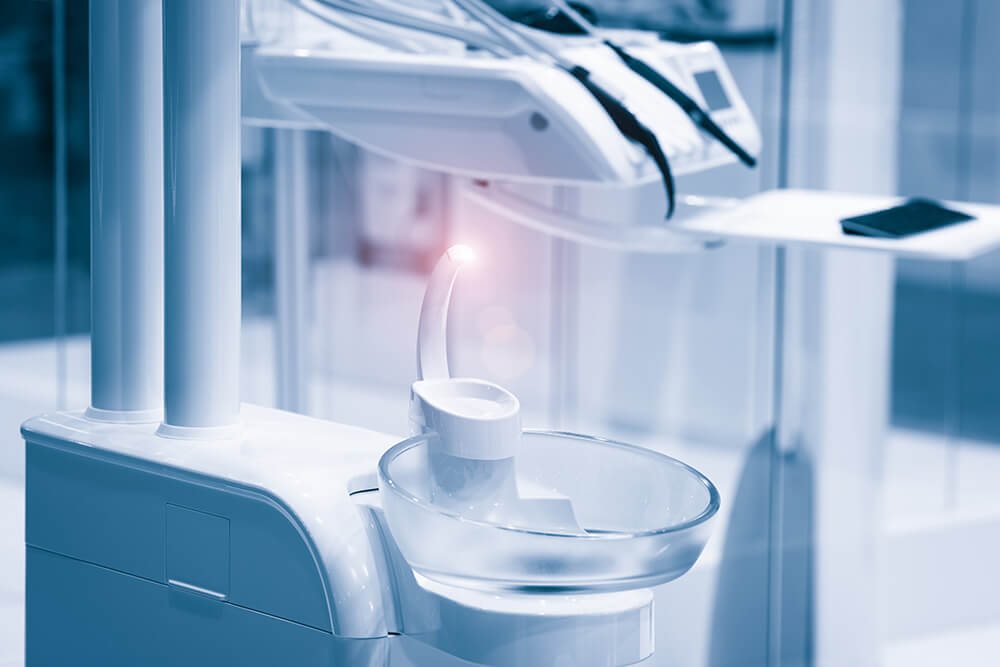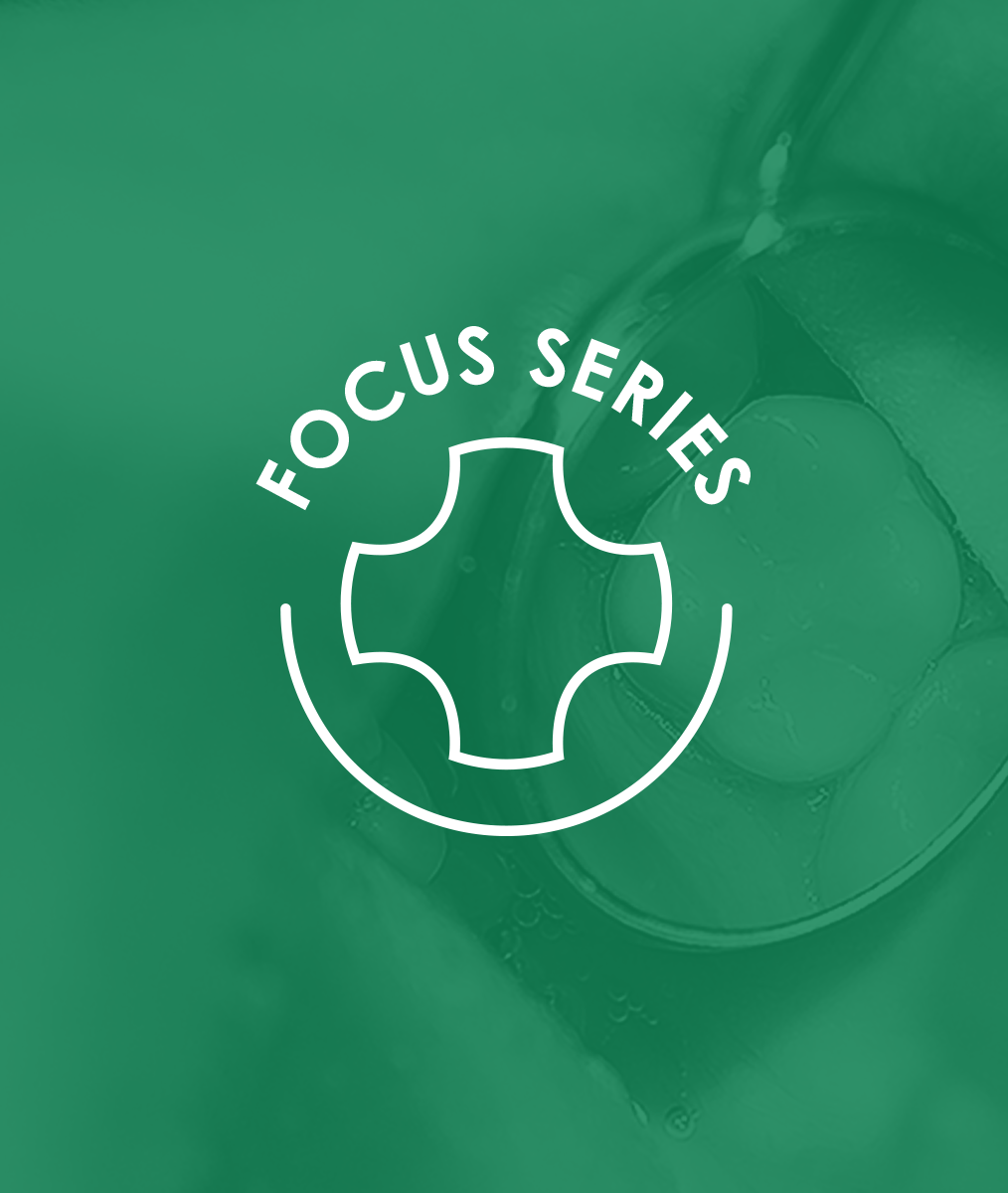The Jaws Syndrome: Can We Go into the Water Yet?
I bet many of us feel like we are living in a movie these days. I’m sure you have compared this pandemic to any number of movies. The first movie that comes to mind is Jaws. In that movie, everyone wanted to know when it will be safe to go back into the water. And now, forty-five years later, people are asking a similar question: Is it safe to go back to the dentist?
Let’s explore the parallels.
The year Jaws came out, 1975, I was serving as a Captain in the Dental Corps at Ft. Dix N.J. During my time there I came down with Hepatitis B. I became infected from working on a patient…without gloves. Remember kiddies, this was 1975…there were no rules. It was The Wild Wild West in health care. As we all know, hepatitis is caused by a blood-borne pathogen. I became quite jaundiced and severely ill. I spent two weeks in the hospital. I started feeling better after one month.
I felt good enough to go back to work, but the U.S. Army had other plans. I couldn’t go back into the clinic until my liver enzymes were back to normal. I was tested frequently not only by the military, but also by the county Board of Health. I remember how diligent they were about the testing. They were serious…I couldn’t go back to work until I was cleared. That was mostly to protect anyone I would come into contact with. I was a known carrier, unlike the infamous Typhoid Mary who carried her disease covertly. I’m sure the public was grateful that the government was acting so responsibly. Like today, the public health department’s job is to protect the public. That trust must exist for us to function as a society.
Fast forward to 1981. I was practicing full-time in my own private practice when the AIDs epidemic arrived in the U.S. By then I had learned my lesson and I was one of a small number of dentists who wore gloves on a routine basis. But I was in the minority. AIDs changed our entire profession. By the time it was over (if it ever truly was over) the life of every dentist changed forever. This time around I learned how serious government could be in enforcing public health regulations. They meant what they said. (For those who are interested look up the case of Kimberly Bergalis). This was a classic example of the combination of bloodborne pathogens and dentistry.
One thing I noticed during that period was the public awareness of dental practices and sterilization techniques. AIDS changed everything. It wasn’t the isolated patient who wanted to see how instruments were being sterilized. Many people stayed away during the height of the crisis. In time the fear eased up but not before more stringent rules and regulations were enforced. And once again the public was grateful.
Now… almost 40 years after AIDS we have a new pathogen – the coronavirus– Covid-19. The biggest difference is that this one is an airborne pathogen. And that makes all the difference in the world. Fear is ubiquitous. There is a new shark in the water. Like Typhoid Mary, it does not show its fin.
Safety is a big concern for most humans.
Behavioral psychologist Abraham Maslow formulated the Hierarchy of Needs. At the very base of the Hierarchy are physiologic needs like food and sleep followed by safety and security needs. His theory stated that people would not seek satisfaction of higher needs (love, belonging, self-actualization), until the basic needs were met.
Forty-five years after Jaws roamed the ocean it is generally safe to go back into the water, but rest assured, we do know one thing… there will always be new and more dangerous sharks to worry about, and when it comes to humans, safety is a basic need after food and sleep.
Patients have been deciding on the essential nature of dentistry forever.
As long as fear remains and people do not have the absolute certainty of safety, they will not return to dental offices except for services they perceive as essential. If your client base is full of people who are truly health-centered and trust you, your routine dental services will thrive in the pandemic. Your patients won’t wait until they are in pain to book an appointment.
But that’s the test of what you are all about, isn’t it?
If your routine services are not thriving, then your practice has had a history of attracting a broader market of people. How is that working out for you now? Beyond COVID-19, if you are in private practice, pay extra attention to targeting individuals who want the finest health and give them ample reason to trust their safety with you… no matter what.
Related Course
Functional Esthetic Excellence Utilizing 100% Digital Workflow
DATE: June 13 2024 @ 8:00 am - June 15 2024 @ 2:00 pmThis Course Is Sold Out! Embracing Digital Dentistry This course will introduce each participant to the possibilities of complex case planning utilizing 100% digital workflows. Special emphasis will be placed…
Learn More>









